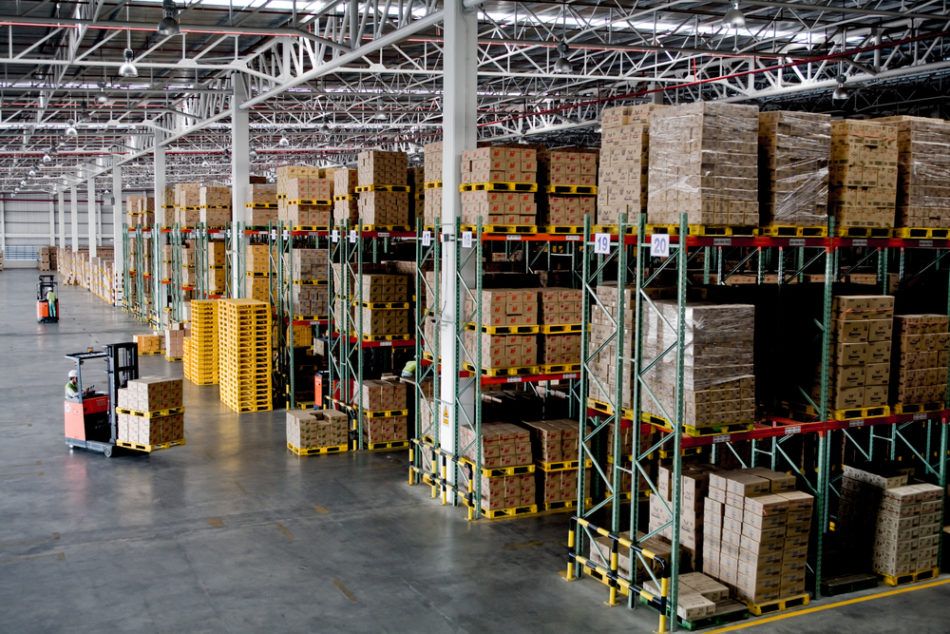Three IT Challenges That Will Require Attention in 2020
To help ensure your 2020 digital transformation initiatives are successful, it’s important to keep these three IT challenges in mind. As we move...

With open office plans, task-based layouts, high turnover, and diverse tenant rosters, coworking spaces represent some of the most challenging environments when it comes to network design. Here’s what coworking spaces must do to overcome these challenges.
In the past half-decade, coworking spaces have emerged as an increasingly popular option for everyone from freelancers to SMBs and even enterprises. Boasting a wide variety of benefits — from cost efficiencies to increased networking opportunities — shared working spaces are in greater demand than ever.
The rise of coworking is directly related to drastic changes in the workforce over the past decade. A recent report from MBO Partners estimates that there are roughly 17.8 million independent full-time workers in the United States today, plus another 12.4 million gig-economy workers. Perhaps even more shocking, over 100 million startups are founded each year. To put that into perspective, that’s nearly three startups per second.
These startup teams and gig-economy freelancers are no longer working out of their garages or their local coffee shops. Instead, they’re turning in droves to coworking spaces, which are more affordable than traditional offices and offer a sense of community and diversity that small teams might otherwise lack.
Between WeWork, The Yard, Industrious, Serendipity Labs, and more, there are a total of 7,800 shared workspaces in use worldwide, and that number is expected to climb to 37,000 over just the next two years alone. In fact, some industry experts predict that the number of shared workspaces will continue to double each year for the foreseeable future.
With the supply of coworking spaces reaching unprecedented heights, competition between providers is at an all-time high. Offering tasteful décor and a few cold brew taps is no longer enough to set these competitors apart from one another. To truly stand out, your secret weapon and core offering should be a state-of-the-art network that offers reliable, efficient, and fast connectivity for all of your tenants — and their devices.
As a workspace provider, you’ve probably had nightmares about the Internet going down in your building. It’s an understandable fear. Tenants won’t be happy if their work is compromised because of a misplaced access point, or a new nextdoor tenant running a bitcoin mining operation. When you’re in the business of facilitating workplace productivity, having your brand associated with poor connectivity is a non-starter.
Providing reliable Internet and WiFi is, of course, easier said than done. Your tenants likely have a diverse collection of devices and use the Internet for a slew of different reasons — which can make it seem near impossible to meet everyone’s needs.
If you want to provide the most reliable Internet to your tenants, the first order of business should be to invest in the wired network (your switches, cabling, etc.). Whether you need to refit an existing building with new cabling or you’re doing a full rip-and-replace, a well-planned wired infrastructure is the key to offering the best Internet possible.
With a well-configured wired network as your foundation, you can then focus on designing a custom wireless solution capable of handling all the challenges that come with coworking spaces. This is particularly important in a coworking space, where change and uncertainty are the norm. Tasked with managing constantly shifting groups of diverse tenants with dissimilar bandwidth requirements, coworking spaces must invest in highly flexible (and unique) network solutions.
Despite the relaxed social atmosphere that coworking spaces tend to perpetuate, the need for stringent cybersecurity cannot be ignored. Given that cybercrime and ransomware are on the rise, offering tenants a highly secure network is paramount. The last thing you’d want is a tenant experiencing a data breach because you lacked the cybersecurity network protocols to keep their data safe.
To get started with some best practices for network security, we recommend isolating different tenants in your building to limit the potential danger of one tenant going after another’s data. This can also prevent the spread of viral infections that can compromise users’ devices.
Similarly, it’s advisable to require that tenants use two-factor authentication when connecting to your building’s WiFi. This will prevent freeloaders from accessing your Internet, which could eat up your bandwidth, affect connectivity, and stunt overall performance. Additionally, a two-factor authentication process can decrease the odds of a malicious actor gaining access to one of your tenants’ computers and sensitive resources.
At Turn-key Technologies, Inc. (TTI), we understand that coworking spaces face a slew of challenges that traditional office environments do not. On top of managing all the equipment and moving parts that keep your building running, coworking spaces must also contend with a diverse array of constantly changing tenants — all of whose needs must be met. This requires flexible and robust IT support — no easy ask in an era where talent is increasingly hard to find. Luckily, TTI is here to help.
With nearly thirty years of experience designing wired and wireless networks for a diverse array of large corporate office spaces, the award-winning engineers at TTI understand exactly what coworking spaces need.

To help ensure your 2020 digital transformation initiatives are successful, it’s important to keep these three IT challenges in mind. As we move...

Remote work policies can benefit employees and employers alike, but enterprises must address a slew of unique cybersecurity challenges before they...

WiFi networks for warehouses: a notoriously difficult challenge. Here are the five most common mistakes made when setting up warehouse WiFi networks....